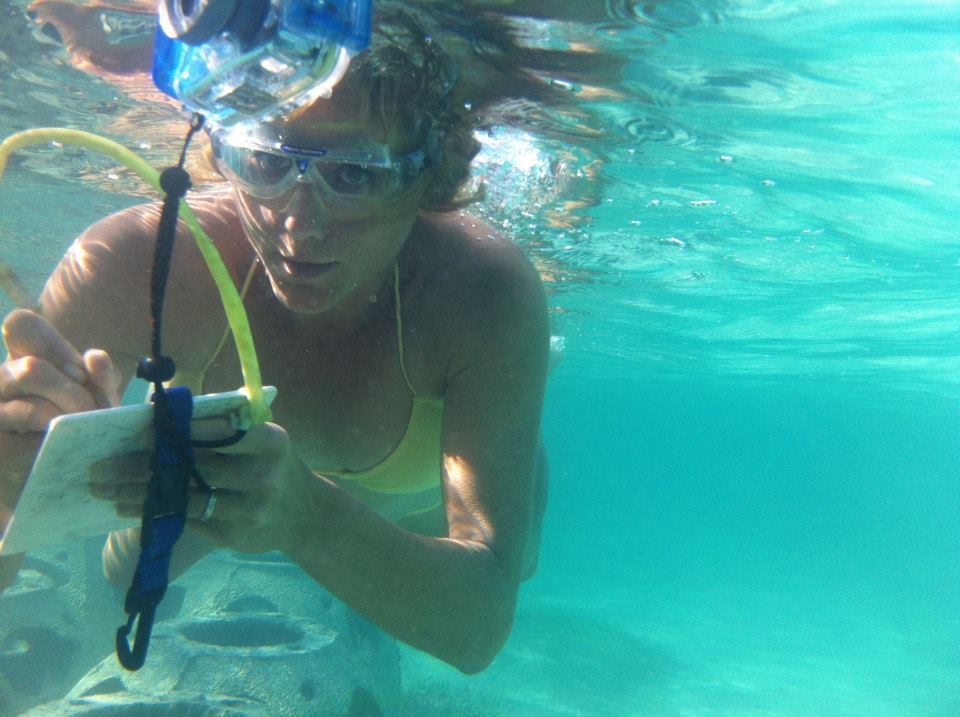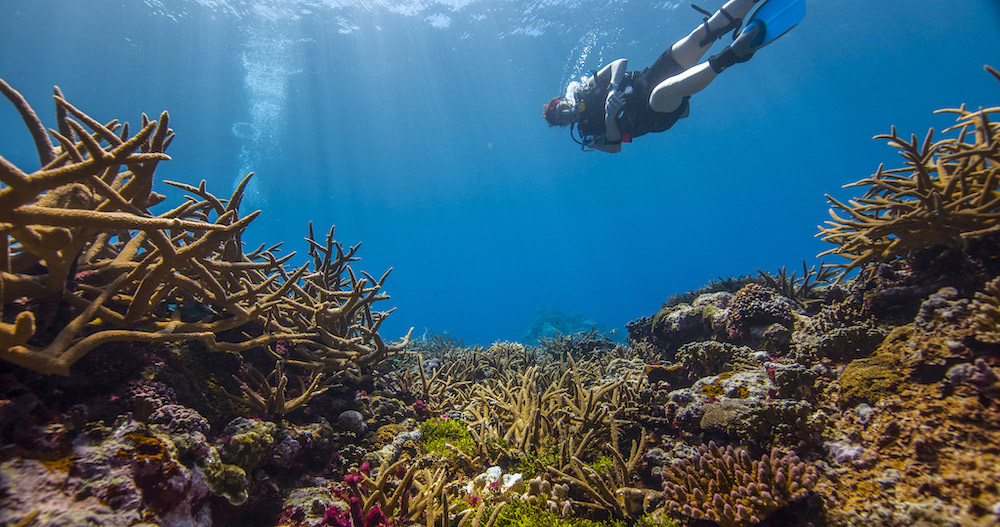Quarantine is rough. Whether you’re stuck inside by yourself or with family, there’s only so much one can do before the walls begin to close in and you start to feel an itch for something different. Although we are still being told to hunker down in our homes, and that’s rough news for many of us. But there may be a silver lining that we can all take from this unprecedented quarantine… and it has to do with our planet.

It seems as though the planet is taking the time to heal itself in the midst of the quarantine. Marshall Burke (2020) posted an article based off of NASA’s published images of the striking reduction in NO2 over China after their aggressive response to the outbreak of COVID-19. The Himalayas, the mountain range separating Tibet and India, can now be seen from parts of India which hasn’t happened in more than 30 years. Social media exploded with pictures of a clear Grand Canal in Venice, Italy as the boat traffic stopped and marine life emerged after the quarantine.
Yes, it’s great that the air pollution in India and China has diminished and that fish are returning to canals in Venice, Italy. The real problem, the one we should all be focusing on is how we are disrupting the entire earth equilibrium. And if we hope, at all, to find a silver lining amidst this COVID-19 pandemic let’s remember it will be what we do after that will count.
Our immediate focus should absolutely be on this crisis, we must not forget the long-term goal of restoring the equilibrium between people and the planet. This pandemic has not stop the acidification of the ocean, the bleaching of the reefs, the erosion of our coastlines and the increased threat of hurricanes. This is not the first time, and probably not the last time, an epidemic stroked us. Be with the emergence of new virus or the re-emergence of known ones. Think about HIV, Zika virus, Ebola, H1N1 just to name a few.

Infectious Disease Outbreaks over the last 30 years. Source: National Institute of Allergy and Infectious Disease (NIAID) in a report written by Dr. Fauci (2017).
Scientists have warned us more than once that a number of environmental factors are involved in the emergence and re-emergence of viruses. Viruses do not occupy a single and permanent ecological niche. Thanks to their intrinsic capacity for genetic change, they have a potential to affect a variety of host species. The majority of emerging humans’ viral diseases have a zoonotic origin. A zoonotic disease is a bacteria or a virus from a wild or domesticated animal “jumps” to humans, such as the swine flu, the avian flu and now COVID-19.
By drastically changing our environment – with massive deforestation, biodiversity loss, intensive animal farming, habitat fragmentation – we produce changing environments in which viral subpopulations have large opportunities to be selected from intrinsically heterogeneous viral populations, particularly in the case of RNA viruses, like the coronavirus. Viral emergences and re-emergences are in fact viruses adaptation to a new environment.

After dealing with the emergency of this crisis, we should not forget that we must protect and restore our environment if we want to have a chance to reduce the emergence or re-emergence of deadly diseases. Happy earth day 2020!



